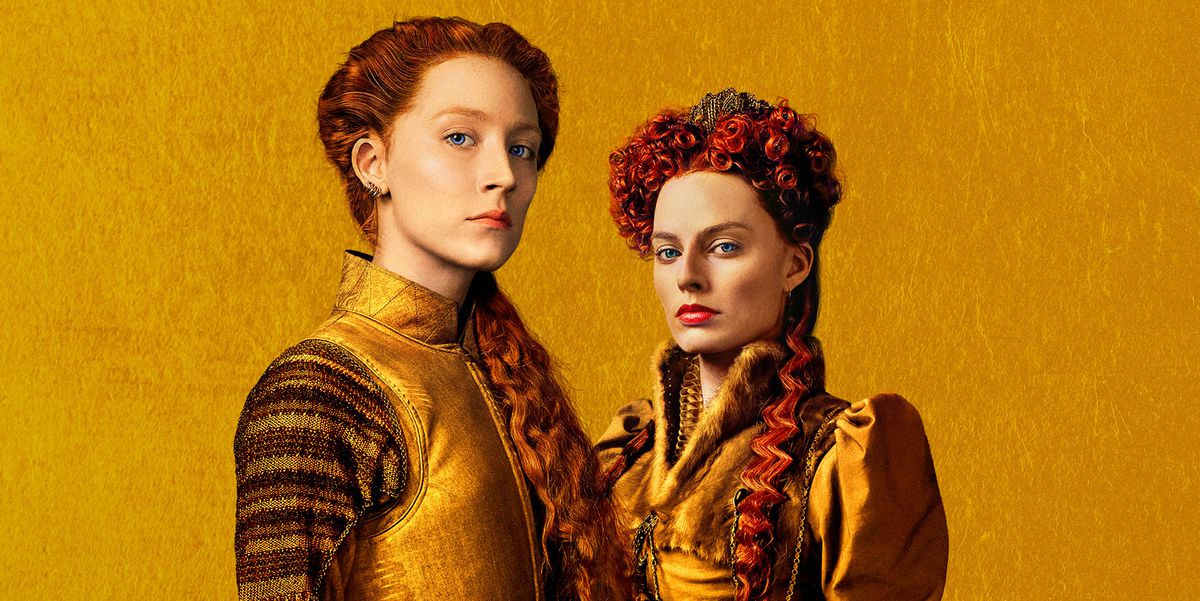
Director Josie Rourke’s Mary Queen of Scots presents to us the curious case of making a period film in the modern age. As it narrates a story that has found infinite versions in literature, on stage, and on screen, the film comes with a definitive layer of correctness.
Based on the life of monarch Mary I of Scotland (played by a proficient Saoirse Ronan), Rourke’s film kicks off with the protagonist marking her return to her home turf, post the demise of her husband (Francis II, The Dauphin of France). The setting is grey and there is a strong undercurrent of displeasure from certain key characters with regards to Mary’s Catholic origins. The queen’s character – at the same time – derives benefits from the story being hers. We see the monarch to be a kind, giving, and liberal (more to it later) woman whose administrative skills seldom matched her virtues as a person. Now, the question remains whether Mary was as much of a misunderstood loser.
Perspectives, they say. It is said that history is written by the winners or those who favor their victories. In the battle that we see in Mary Queen of Scott, there are two women in the pivot. Two kingdoms and their hegemony are with these powerful female monarchs with their male counterparts strictly adhering to their designated jobs – one is to provide them with heirs. Before we exclaim, “How badass is that?”, Mary Queen of Scott quickly calls for a reality check. Agreed that Rourke’s film is based on John Guy’s biography Queen of Scots: The True Life of Mary Stuart. However, it needs to be assessed whether the film’s surprisingly progressive bits are contemporized for the sake of large-scale acceptance or does it actually bears semblance with the actual array of incidents. Sample this: we see two individuals of color in the queen’s court/entourage which would be an unseen scenario if we take into account the social, cultural, and political scheme of things in the said kingdom.
Secondly, Mary’s husband (Lord Darnley, played with great zest by Jack Lowden) finds an exceedingly interesting characterization. The film exposes (or rather espouses) the English noble as someone with pronounced homosexual tendencies. He is seen involved in sexual activity with the queen’s advisor Rizzio in her own chamber. In an earlier scene, we also observe the man performing cunnilingus to the queen, which becomes the trigger to a decision that goes on to change things around for Scotland as well as England. Imagine! Now, if we objectively look at these events – each of which getting cinematic closures in its own ways – Mary Queen of Scott does mix the writers’ (Beau Willimon) sensibilities in putting across a message that might not be historically accurate.
ALSO READ: ‘Lady Bird’ review – a new standard for directorial debuts
While it is alarmingly pleasant to see a queen being kind to her countrymen and staff, Mary’s tolerance towards Rizzio is startling. She refuses to forgive her husband but is seen casually indulging in games and reverie with the person who is equally responsible for the rift. There are more testimonies that the film accounts in order to assert Mary as a kind, deserving holder of the throne – one being a brief exchange of pleasantries with a foreign soldier in her army. That said, the film’s attempt to humanize the queen comes with a bold yet intimate disclosure of the woman’s state during her period.
Throughout the film, I thought of how a female filmmaker could positively embrace the immediate plot – however accurate it is. A real tale that involved two women of extreme authority. They contained strength and willpower whilst their decisions and desires were seldom dictated by the men in their lives. Queen Elizabeth I (played to perfection by an assertive Margot Robbie) is a commanding figure whose value sets are amongst the film’s finely etched elements. Rourke’s characterization of Mary – as discussed before – comes out way too manufactured to contain acceptable norms of feminism. However, the maker and the actor partially succeed in rendering some amount of objectivity to the protagonist’s actions.
Making her directorial debut, Josie Rourke etches period details to precision as the costumes, production design, and make-up/prosthetic departments do a spellbinding job of recreating the era. The giant castles, the landscape, and the blue atmospherics radiate great finesse under DOP John Mathieson’s tutelage. If at all I missed anything significantly – apart from the aforementioned compromises – is that of a concrete everyman point of view. What did the common man perceive of their queen? How could the fired personnel from her court influence their ideas? And most importantly, how prevalent was the Protestant versus Catholic tension (especially as it comes to dynasts) among the religiously assorted population in Scotland and England? Even though addressed, the relationship ties between the characters miss concrete angles which could have brought finer dimensions to their conflicts – personal and political. Therefore, Mary Queen of Scots is a striking study of how a period piece could offer a fresh perspective of its own but can still end up becoming a distinctly unsatisfying fare.
Rating: ★★ 1/2

